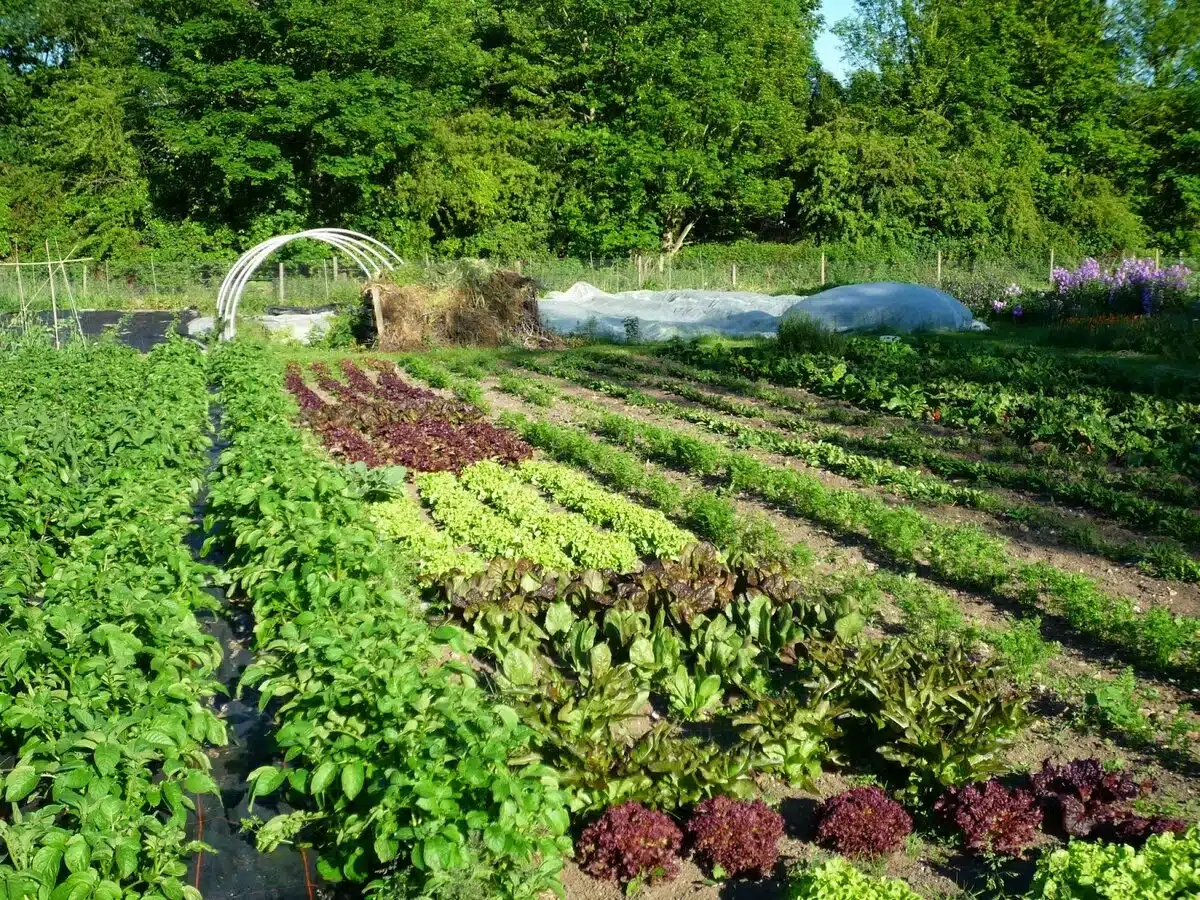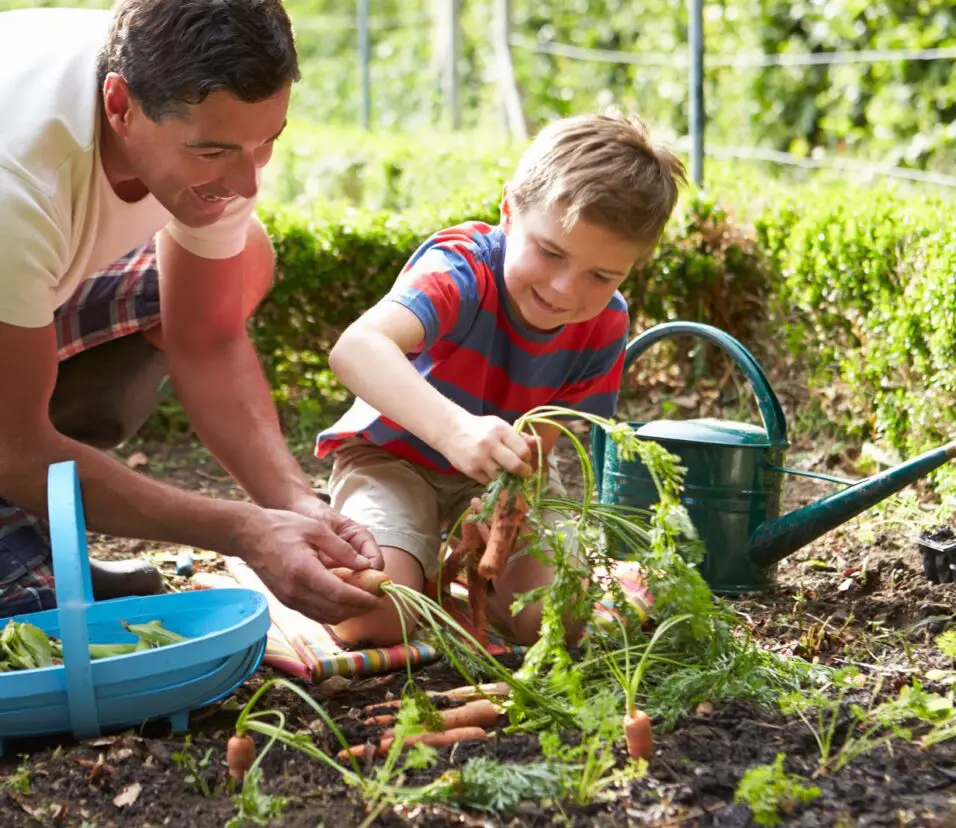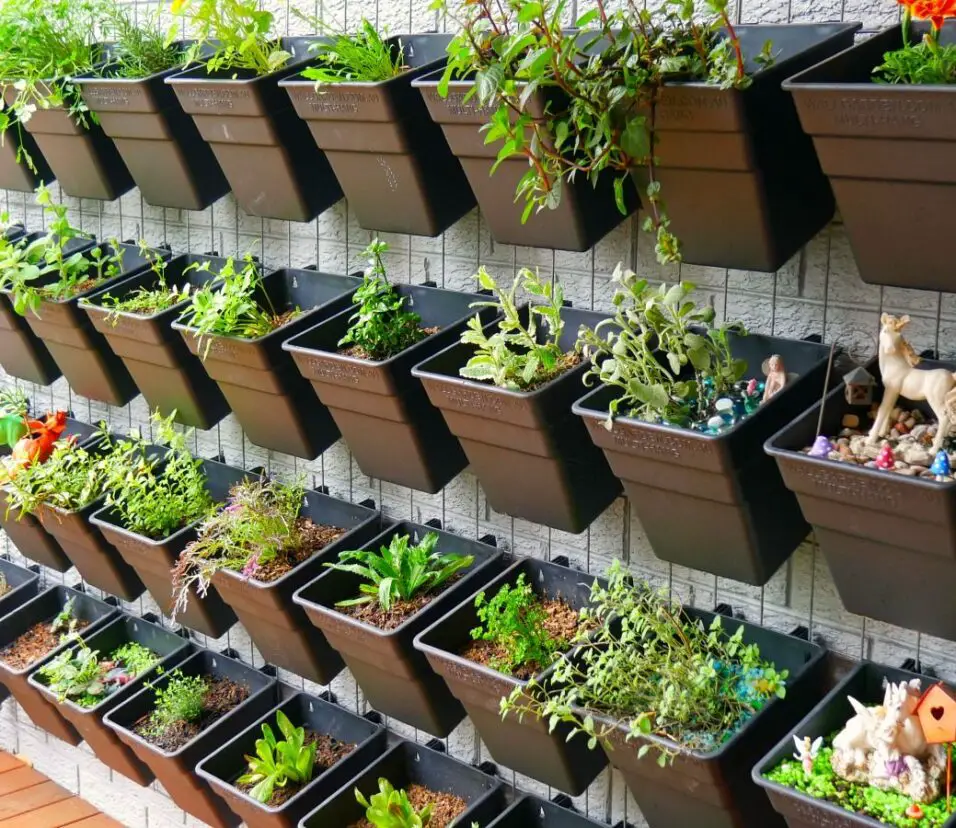What Is Market Gardening
Introduction
Market gardening, also known as market farming or micro-farming, is a small-scale method of growing a variety of high-quality fruits, vegetables, herbs, and flowers.
Market gardening emphasizes efficiency, creativity, and consumer engagement. It use space efficiently through careful planning, dense planting, and clever maintenance. We minimize waste, optimize water and nutrient use, and assure a continuous harvest throughout the growing season.
A hallmark of market gardening is direct-to-consumer sales. Market gardeners connect consumers and producers by engaging in farmers’ markets, CSA programs, and local restaurants. This boosts the local economy and promotes transparency, trust, and shared responsibility.
Market garden hose, we will delve into the various facets that make this practice both a science and an art. This guide will teach you about market gardening, from soil health and crop selection to sustainable pest control and creative growing methods, and encourage you to join this rising movement. We’ll explore market gardening’s fundamentals, whether you’re a seasoned horticulture, an aspiring farmer, or just interested in sustainable food systems.
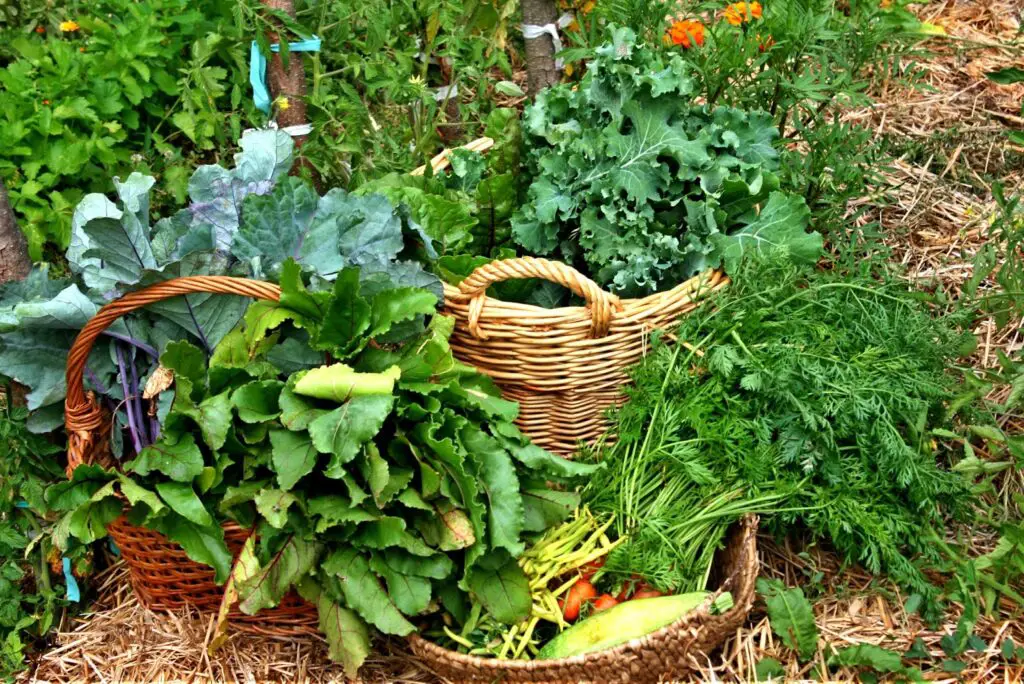
What is meant by market gardening?
Meaning of market gardening in English
The land is primarily devoted to market gardening, the cultivation and sale of fruits and vegetables by small farms.
Class 12 students can learn about market gardening in agriculture or horticulture classes. It discusses the theory, practice, and administration of commercially growing high-value crops on a small to medium scale.
Class 12 market gardening students learn soil preparation, crop selection, planting methods, irrigation systems, pest and disease management, fertilizing, and harvesting. The program teaches how to efficiently grow and manage fruits, vegetables, herbs, and flowers for local markets, restaurants, and customers.
It may also study sustainable farming, organic production, marketing, and post-harvest handling. Students learn how to start and run market gardens or work in agriculture with this knowledge. Learn theoretical and practical skills in market gardening in Class 12 to prepare for professions in agriculture, horticulture, agribusiness, and allied fields.
What is market gardening class 12?
Market gardening involves mass-producing fruits, vegetables, and flowers for urban markets and export.
Market gardening is a specific area of agriculture taught in Class 12 agricultural studies or horticulture courses. It covers the principles, methods, and management of small-to-medium-scale commercial cultivation of high-value crops.
Class 12 market gardening students learn soil preparation, crop selection, planting methods, irrigation systems, pest and disease management, fertilizing, and harvesting. The program teaches how to efficiently grow and manage fruits, vegetables, herbs, and flowers for local markets, restaurants, and customers.
Students may also study sustainable farming, organic production, marketing, and post-harvest handling. Learn how to start and run market gardens or work in agriculture with this knowledge. Students learn theoretical and practical skills in market gardening in Class 12 to prepare for professions in agriculture, horticulture, agribusiness, and allied fields.
What is market gardening class 9?
Market gardening is the growing of fruits and vegetables in suburban areas for commercial purposes and sale in urban markets.
In a Class 9 context, market gardening refers to an educational topic within agriculture or horticulture studies. It involves introducing students to the fundamentals of cultivating crops, primarily fruits and vegetables, on a smaller scale for the purpose of selling them in local markets or directly to consumers.
Students in Class 9 studying market gardening typically learn about essential aspects of the practice. This includes selecting appropriate crops, preparing soil, planting techniques, watering methods, pest control, fertilization, and harvesting. The curriculum often emphasizes sustainable and environmentally friendly approaches to farming.
The goal of teaching market gardening at this level is to equip students with basic agricultural skills, an understanding of where their food comes from, and an appreciation for locally grown produce. This knowledge can lead to potential careers in agriculture, horticulture, or agribusiness.
By introducing market gardening at the Class 9 level, students gain insight into the practical aspects of farming while also promoting the concepts of community, sustainability, and self-sufficiency. It lays a foundation for more advanced agricultural studies in subsequent grades.
What does a market gardener do?
Market gardeners grow fresh produce, such as vegetables, fruits, and herbs. They may grow potted and cut flowers to sell directly to consumers. They also create value-added, processed products such as jams or jellies, pickles, and other finished, ready-to-eat items.
A market gardener is an individual or a business engaged in the cultivation of various crops, including fruits, vegetables, herbs, and sometimes flowers, with the primary intent of selling these products in local markets, to restaurants, or directly to consumers. Market gardeners play a crucial role in supplying fresh, locally grown produce to their communities.
Their responsibilities encompass a range of tasks, from selecting suitable crops based on local demand and climate conditions to preparing the soil, planting seeds or seedlings, applying appropriate irrigation methods, implementing pest and disease control strategies, and practicing sustainable farming techniques. Market gardeners also manage the growth and development of their crops through regular maintenance, such as pruning, weeding, and fertilizing.
Harvesting is a pivotal aspect of their role, as it requires careful timing to ensure peak quality and flavor. Once harvested, market gardeners often participate in selling their produce at farmers’ markets, through subscription-based services (like CSA programs), to local stores, or directly from their own farms.
Overall, market gardeners contribute to local food systems, promote sustainable agriculture, and forge connections between consumers and the land, enriching communities with fresh, nutritious, and seasonal produce.
What is the primary focus of market gardening?
Market gardening involves growing a variety of high-value crops to sell to local markets, restaurants, grocery stores, and consumers. It produces a diversity of fruits, vegetables, herbs, and flowers on a modest scale, unlike monocultures.
Market gardeners focus on high-demand vegetables that sell for more due to their freshness and locality. Consumers should receive produce at its best flavor and nutritional value. This strategy promotes a shorter supply chain by decreasing transportation and storage.
Market gardeners strengthen producer-consumer relationships by focusing on local markets, fostering transparency, community engagement, and food origin awareness. This method strengthens local food networks, minimizes long-distance food transportation carbon emissions, and promotes sustainable farming. Market gardening aims to provide local communities with fresh, nutritious, and tasty produce while fostering a sense of shared responsibility for the land and its resources.
How does market gardening differ from large-scale agriculture?
First, market gardening grows a variety of high-value crops on smaller plots, while large-scale agriculture grows monocultures of staple crops. Market gardeners value quality, freshness, and local distribution, while large-scale agriculture favours big yields for global distribution.
Second, market gardening maximizes productivity and reduces environmental effect by using crop rotation, intercropping, and organic methods. Large-scale agriculture may use more synthetic inputs, technology, and monocultures, which can harm the environment.
Direct ties with local markets, restaurants, and consumers help market gardening involve the community and shorten the supply chain. Complex distribution networks, higher transportation distances, and intermediaries characterize large-scale agriculture.
Market gardening emphasizes sustainability, community, and producer-consumer relationships, while large-scale agriculture prioritizes output for distribution and market need.
What types of crops are typically cultivated in market gardening?
Produced includes a wide variety of berries, apples, melons, and peaches. The nutritional benefits and variety offered by tomatoes, peppers, lettuce, carrots, cucumbers, and zucchini make them highly prized.
Producing herbs like basil, mint, parsley, and thyme for their flavor and culinary uses is big business.
Climate, customer tastes, and market demand affect crop choices. Market gardeners select crops with a short maturation time to ensure several harvests and a consistent supply for consumers.
Market gardening aims to offer consumers a dynamic, seasonal assortment of fresh produce that large-scale agriculture cannot match.
Can you explain the role of market gardeners in connecting consumers with fresh produce?
Market gardeners play a pivotal role in connecting consumers with fresh produce by bridging the gap between cultivation and consumption. Through their practices, they cultivate a diverse range of crops on a smaller scale, focusing on quality, flavor, and local distribution. By selling directly to local markets, grocery stores, restaurants, and consumers, they bring the vibrant, just-harvested produce to the community.
This direct connection allows consumers to know where and how their food is grown, fostering transparency and trust. Market gardeners often engage with consumers, sharing insights about growing methods and offering information about the seasonal availability of different crops. This interaction creates a sense of community and educates people about the benefits of consuming locally grown, fresh produce.
Market gardeners serve as the link that transforms the labor of farming into tangible, nutritious products that consumers can enjoy. Their efforts promote healthier eating habits, reduce the environmental impact of long-distance food transportation, and contribute to the sustainability and resilience of local food systems.
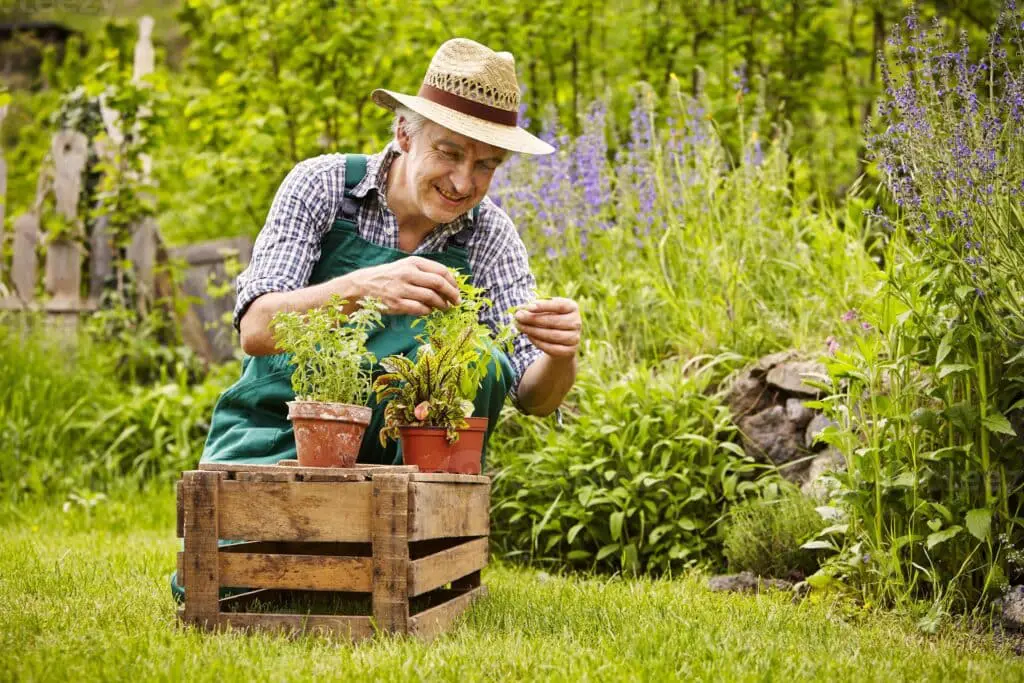
Conclusion
This complex process involves growing a variety of high-value crops on smaller pieces of land to provide consumers with fresh, local goods. Market gardening balances globalized food systems by prioritizing quality over quantity and building strong grower-consumer relationships.
As agriculture becomes more industrialized and disconnected from local communities, market gardening shows resilience. Market gardeners demonstrate their devotion to preserving the land by promoting crop rotation, companion planting, and organic methods. Their focus on direct distribution to local markets, restaurants, and consumers decreases long-distance transportation’s carbon footprint and fosters a sense of community and environmental responsibility.
Market gardening goes beyond a mere agricultural method; it’s a philosophy that embodies the values of mindfulness, resourcefulness, and community building. As consumers savor the flavor and vibrancy of freshly harvested produce, they are reminded that each bite represents a link between the hands that sow the seeds and the hands that enjoy the meal. In essence, market garden not only cultivates crops but also cultivates connections – to the land, to our roots, and to the essence of what sustains us all. As we reflect on the intricate tapestry of market gardening, we recognize its power to nourish not only our bodies but also our sense of belonging and stewardship over the earth.



